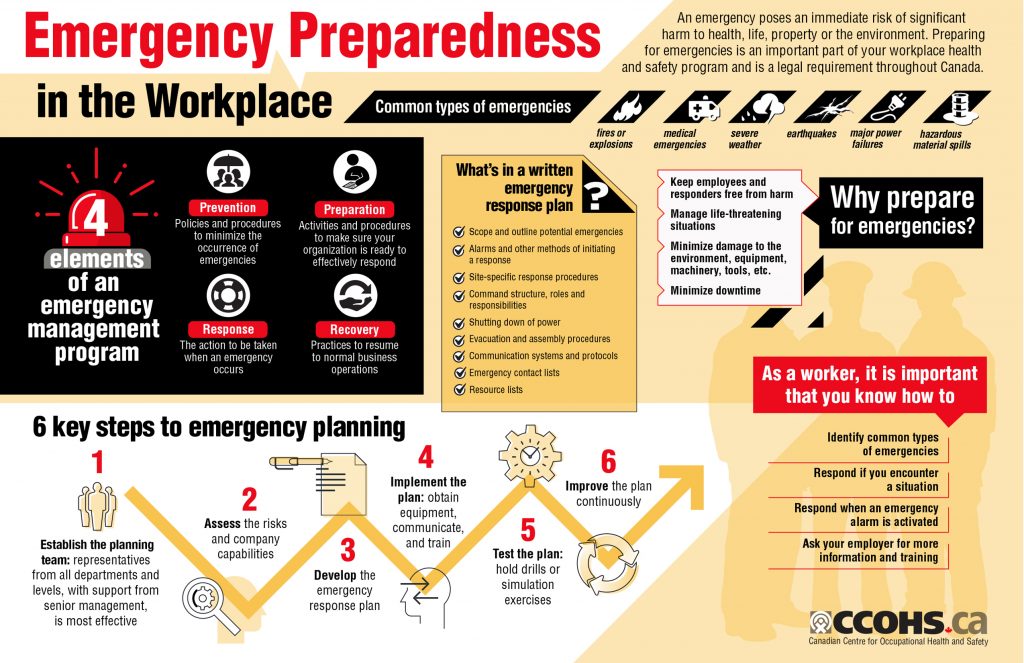
In my last post, I outlined factors that could contribute to cardiac arrest, as a first step in anticipating and managing weight room emergencies. In the following sections, I would like to build on the aforementioned early detection strategies by outlining a prevention and management program suggested by Abbott (2013).
Abbott (2013) submitted that although informing both clients and employees of the early warnings of cardiac arrest, ample instruction on equipment use and proper implementation of periodized program development was paramount. Abbott (2013) advised that employees inform clients of the importance of a systematic and progressive warm-up, teaching how to slowly increase levels of intensity paralleled to the clients’ level of fitness.
Abbott (2013) also suggested that clients learn how to slowly cool down after exercise, since cardiac events often occur after a workout, and not beforehand. Gentle motions incorporating many muscle groups will help induce a stronger venous return, helping decrease chances of low blood pressure (Abbott, 2013). Maintaining blood pressure is paramount because a rapid drop in pressure reduces cardiac output, which may compromise both the brain tissue and myocardium (Abbott, 2013). Proactive steps are vital in injury reduction strategies. However, what are the steps required if a cardiac emergency still occurs?

Accidents can still occur in a fitness facility despite best efforts and due diligence. Thus, emergency response plans must be developed despite the implementation of a well-constructed early detection system. The highest priority of a fitness organization is to protect the health and welfare of its clientele. Abbott (2013) submitted that this precedence should be reflected in the comprehensive design of an emergency response plan (ERP), as well as the commitment to implement and execute the plan.
Having a well developed, and in depth ERP is essential. However, employees must be able to execute an ERP effectively. Abbott (2013) suggested that all personal be trained to use all materials available by the fitness organization (i.e., first aid, automated external defibrillators). Additionally, staff should maintain all cardiopulmonary resuscitation and automated external defibrillator certifications (Abbott, 2013). Most importantly, periodic drills should be utilized to replicate scenarios found during an actual emergency, as a method to acclimate employees to the rigors of a real crisis (Abbott, 2013).
Well-constructed early warning systems, and emergency response systems, are paramount to protecting the health and well-being of clientele. Embracing the fusion of prevention and management paradigms will not only protect clients, but also demonstrate effective leadership and client- centered care in the health and human performance industry.
References
Abbott, A. (2013). The legal aspects; Cardiac arrest litigations. ACSM’s Health & Fitness Journal, 17(1), 31-34.
-Michael McIsaac
